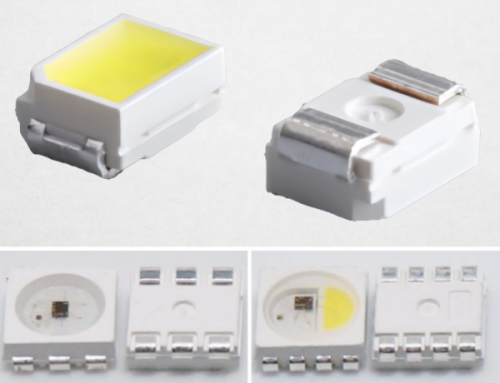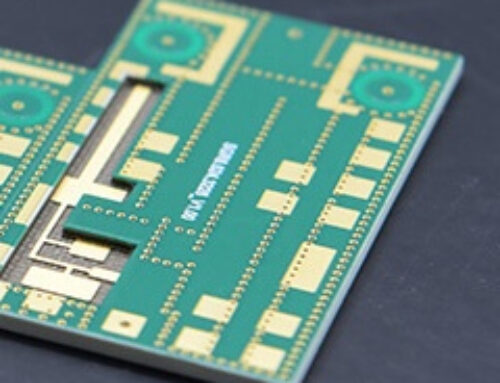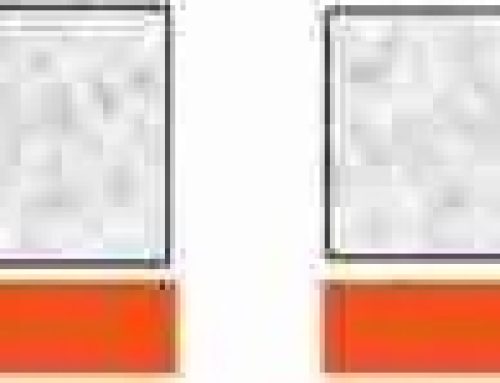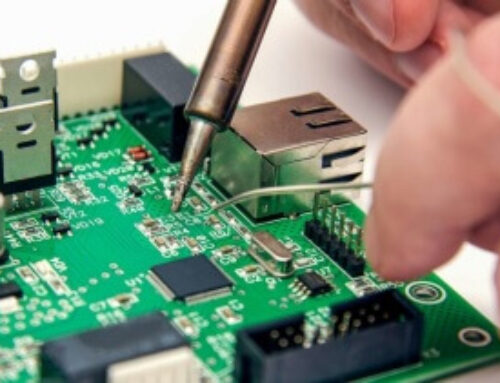Multi-Layer PCB Vers Single Layer PCB
This article delves into the advantages of multi-layer PCBs and single-layer PCBs, as well as some key improvements provided by multi-layer PCBs.
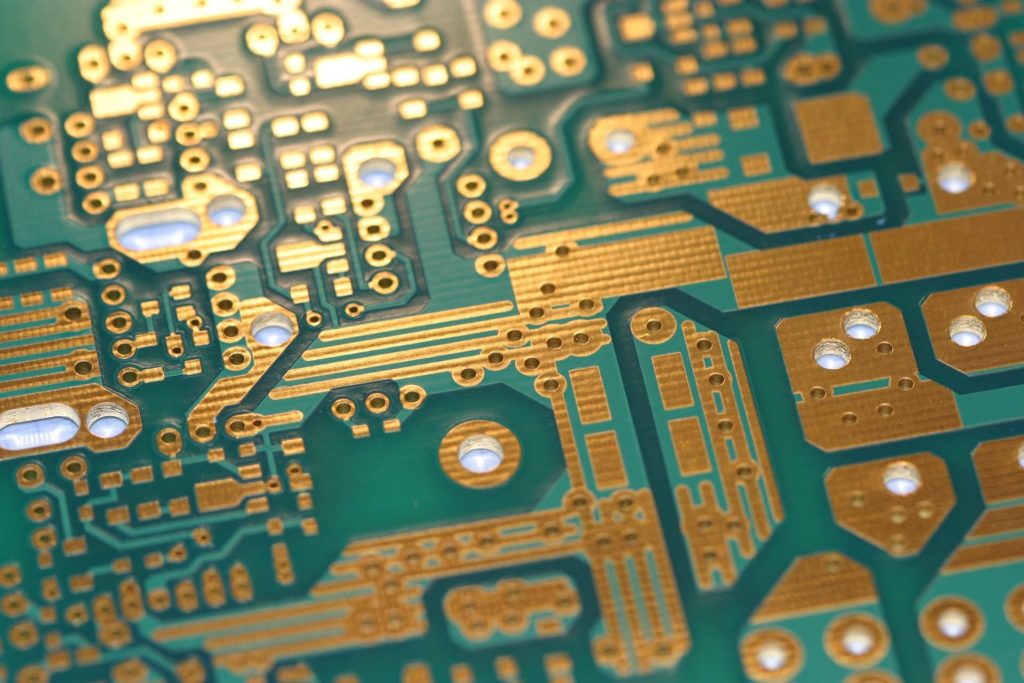
Table of Content
We'll compare the advantages of multi-layer versus single layer PCBs. Multi-layer PCBs offer a number of
critical benefits, including:
High Assembly Density
The density of multilayer PCBs can be increased by layering. The increased density allows greater
functionality, speed, and capacity despite the smaller PCB.
Smaller Size
Multi-layer PCBs have a smaller overall size than single-layer ones. Multi-layer PCBs can increase the
surface of the circuit without increasing its size. Single-layer boards must increase their surface by
increasing their size. Multi-layer PCBs can be used in smaller products, but larger single-layer boards
must be installed on larger devices.
Lighter Weight
Multilayer boards can reduce the number of connectors, and therefore weight. This is a great solution
for electrical applications that require complex wiring. Multi-layer boards can do the same work as
multiple single layer PCBs but in a smaller format and with fewer connecting parts, reducing weight. It
is important to consider this when designing electronic products that are lighter.
Multi-layer PCBs offer more design capabilities than single-layer ones. Multi-layer PCBs are able to
achieve more despite their small size and light weight, by incorporating greater controlled impedance
capability, greater EMI shielding and improved overall design quality.
Yt-electronic: So, what are these factors when deciding whether to use multi-layer or
single-layer structures. If you're producing a complex, small device that is lightweight and
requires high quality, then a multilayer PCB could be the best option. If weight and size are not
important factors for your product, then a double-layer or single-layer PCB may be a more cost-effective
design.
related Posts
Contact us
WhatsApp: +86-13570802455
Wechat: +86-13570802455
Teams: alek_youte
Email: sales@yt-electronic.com



